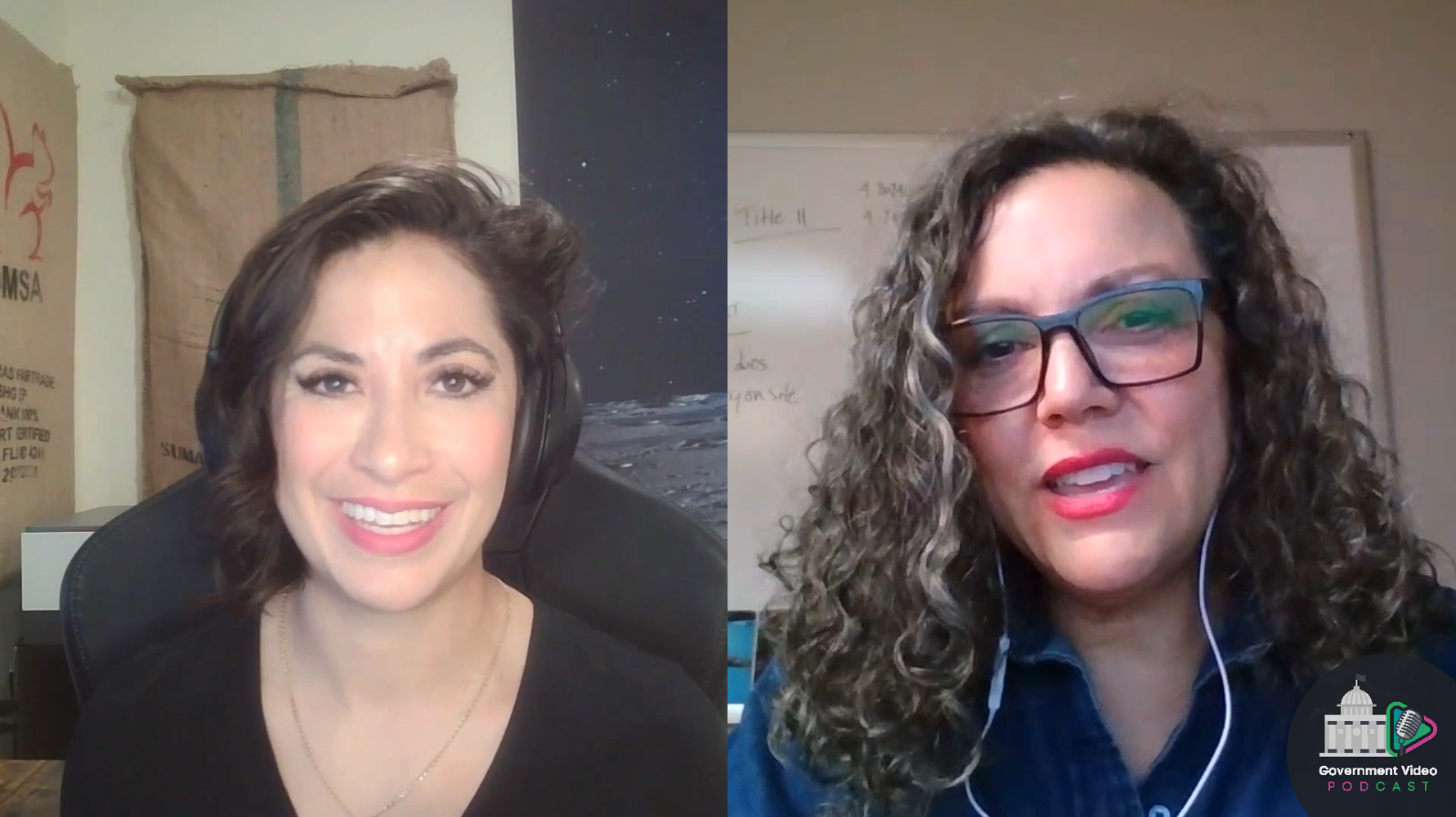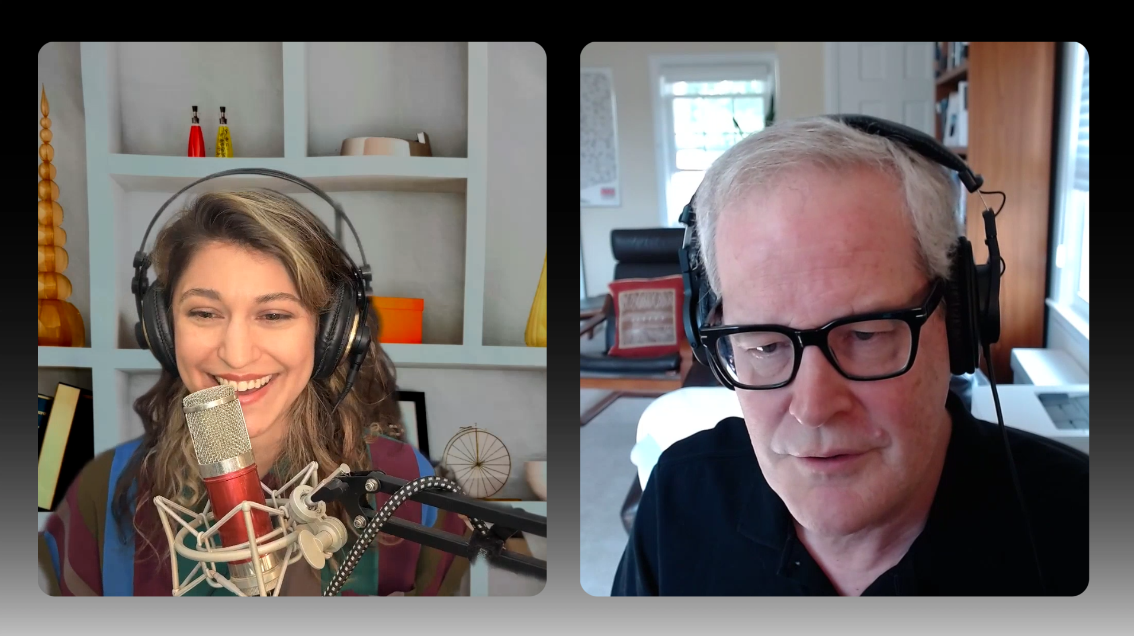.png)
Hey, everyone, I’m Michelle and I recently hosted a unique episode of our Government Video Podcast featuring Tightrope Media Systems’ own CEO, JJ Parker, and our Creative Marketing Manager, Maria Calvo.
If you’re an IT or video specialist working in municipal government, you’ve probably heard that accessibility standards—specifically WCAG 2.1 compliance—are coming your way fast. And if your city streams video or uses digital platforms to share media, you’ve probably started wondering: What does accessibility really look like in practice?
At Tightrope Media Systems, this question became personal. We recently overhauled our entire digital brand to align with accessibility standards—and learned a lot along the way.
Why Accessibility and Why Now?
Accessibility wasn’t top of mind for most website development 5-10 years ago. But according to Parker, our company started looking at who we’re trying to serve, and whether we’re creating equal access to these resources. That’s when we started focusing on accessibility. “It’s the right thing to do,” he added.
Though private companies like Tightrope aren’t technically required to meet accessibility standards, the team didn’t hesitate. Calvo figured that since our customers were going to going to be required to follow these guidelines, we want to be able to help them do it—not just as a vendor, but as a partner who’s been through it, too.
For Parker, the idea that accessibility is only for people with permanent disabilities is outdated. “It’s actually a continuum, because there might be lot of times where you need to use accessibility features but only temporarily,” he explained.
He referenced the “curb cut effect” as an example. When cars were introduced, roads were created with curbs. Eventually, ramps were added to help people in wheelchairs.
“But that little ramp serves everybody, not just people in wheelchairs,” he said. A lot of the accessibility features being added into websites now, such as video captions, can improve the experience for more than just people living with more pronounced, permanent disabilities."
The Branding Audit: What Changed and Why
Tightrope’s branding update focused heavily on color contrast, typography, image use, and navigability—all key aspects of WCAG compliance. We realized that most of the colors in our brand’s color palettes didn’t have enough contrast, which meant striking a balance between aesthetic preferences and compliance requirements.
“Most people will think that they will be limited,” Calvo explained. “But I feel like it’s the opposite. You can work around it and you can expand that creativity and find ways to be compliant, but still have great graphics and still have great colors and a consistent color palette with your brand.”
For example, we kept our signature greens and magentas for visual graphics, while introducing darker variants for text to meet contrast standards. We didn’t have to throw everything out, we just had to get more strategic. Our team also eliminated text on images where possible, prioritized alt text for all media, ensured screen-reader friendliness, and revised web copy to be more compatible with audio-based readers.
Lessons for Municipal Teams
The big takeaway? You don’t have to do it all at once. Start with a checklist. Prioritize the most visible content, such as homepages and most-viewed videos, and go from there.
Also, consider centralizing brand guidelines in a single, accessible document, especially for cities with multiple departments or external partners. Create one go-to resource that includes approved logos, accessible color codes, and plain language guidance. It makes everything easier and more consistent.
Calvo emphasized the value of embedding accessibility into your team’s day-to-day workflows. It’s not about adding work, just changing your habits. Sort of like spell-checking—eventually it just becomes second nature.
Most importantly, keep accessibility a living part of your operations. “It’s not a one-time effort,” Parker noted. “We have to continually invest in this.”
As city teams continue to collaborate on more inclusive and accessible government media, Tightrope’s journey offers a real-world example, a reminder that thoughtful, incremental changes can lead to a more equitable experience for all. To learn more about our experiences and how you can apply what we learned to your organization, listen to the full episode here.
Event Replay - Demystifying Closed Captioning: What WCAG 2.1AA Really Requires for Government Video
Get clarity on WCAG 2.1AA captioning requirements. Learn what’s required, what’s recommended, and how to keep your government video content compliant.
.png)









.png)




